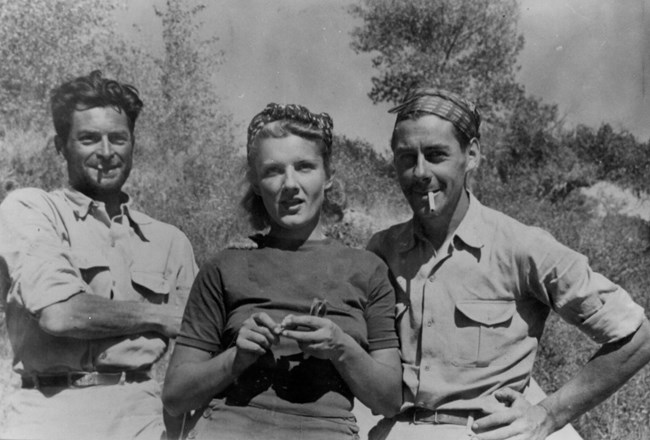
J. Willard Marriott Library Special Collections, University of Utah The French Trio consisted of a newly married couple, Genevieve and Bernard DeColmont, and their friend Antoine DeSeyne. Bernard was on assignment from the Paris Museum of Natural History to descend the Colorado River and film as well as photograph the canyons along the way. He was well suited to this task as he had been on two other expeditons filming natives in southern Guatemala and was familiar with austere condtions. 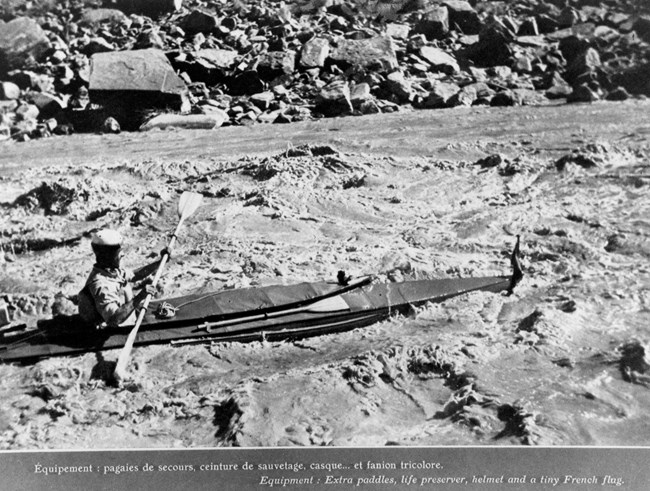
J. Willard Marriott Special Collections, University of Utah 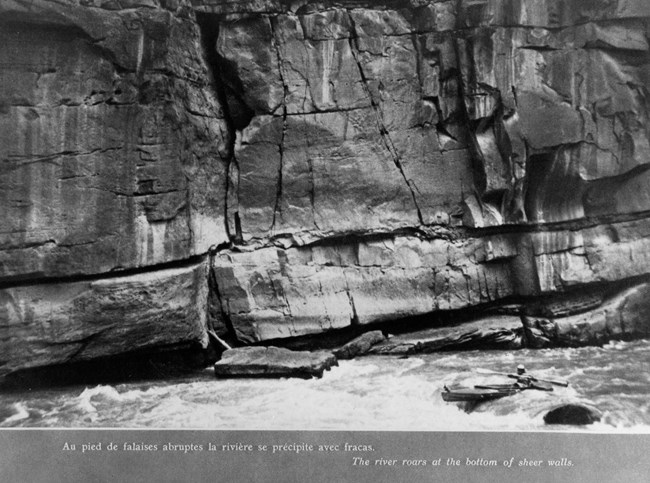
J. Willard Marriott Special Collections, University of Utah 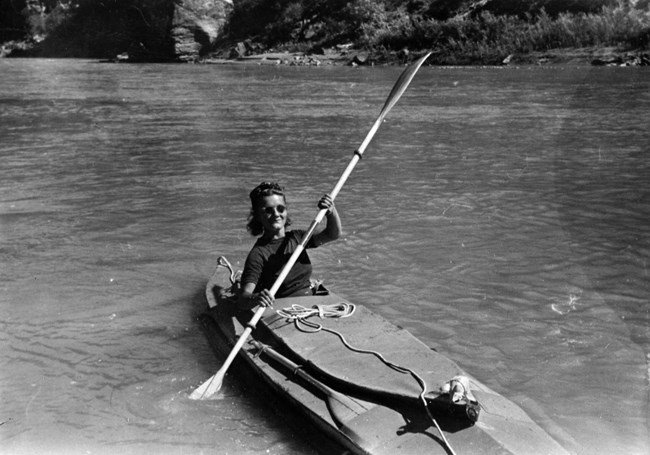
J. Willard Marriott Special Collections: University of Utah 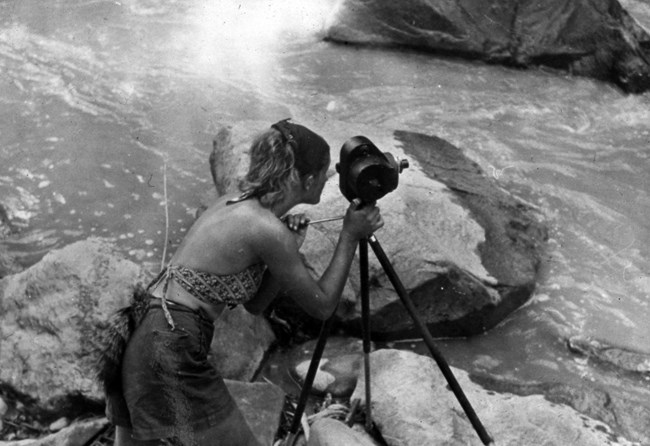
J. Willard Marriott Special Collections, University of Utah 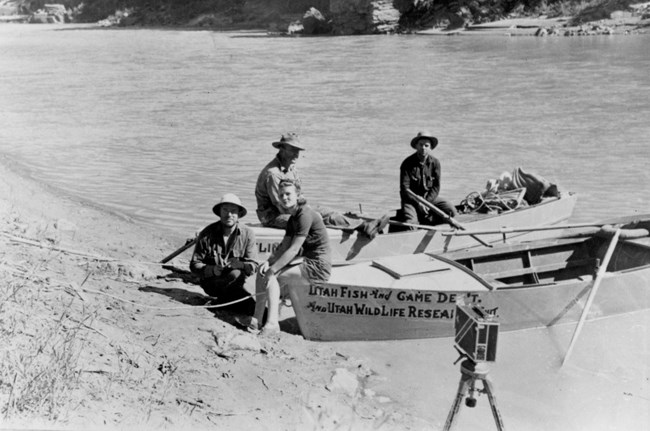
J. Willard Marriott Special Collections, University of Utah |
Last updated: October 2, 2018
